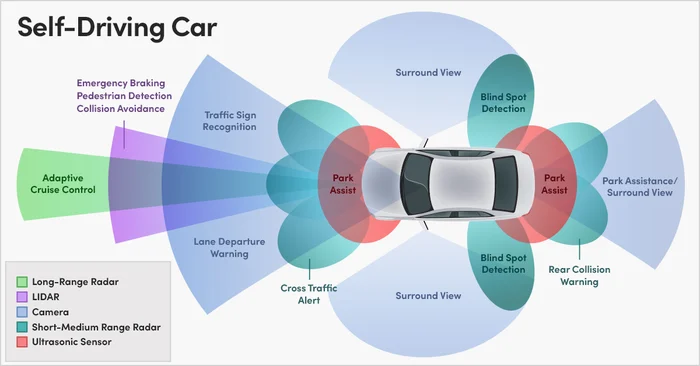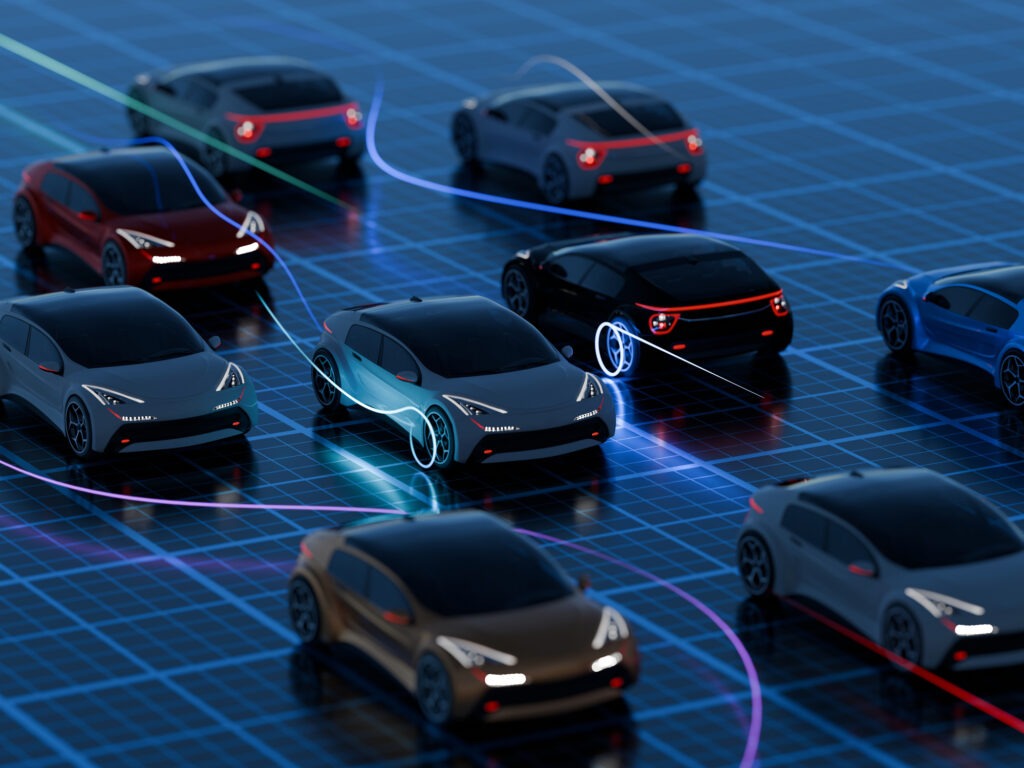Autonomous driving technology has made remarkable strides in recent years, transforming the vision of self-driving vehicles from science fiction into an imminent reality. As we approach 2025, the landscape of autonomous vehicles (AVs) is defined by a blend of cutting-edge sensor technology, artificial intelligence, connectivity, and regulatory progress, all converging to reshape transportation globally.
Evolution and Current State of Autonomous Vehicles
The journey toward fully autonomous vehicles began with basic driver assistance systems like adaptive cruise control and lane-keeping aids. Today, most new vehicles on the road range between Levels 2 and 4 autonomy, where the car can handle many driving tasks but still requires human oversight. Level 5 autonomy, representing full self-driving capability without any human intervention, remains the ultimate goal but is gradually approaching through incremental technological breakthroughs and extensive testing.

Key Technological Advances
- Sensor Technology Enhancements
- Autonomous vehicles rely on an array of sensors-cameras, radar, LiDAR, and ultrasonic devices-to perceive their environment. Recent advancements focus on increasing sensor resolution and accuracy, allowing AVs to detect smaller obstacles at greater distances. This “insatiable demand for more pixels” enhances the vehicle’s ability to respond smoothly and safely to dynamic road conditions.
- Artificial Intelligence and Machine Learning
AI acts as the brain of autonomous vehicles, processing vast sensor data to interpret surroundings, plan routes, and make real-time driving decisions. Machine learning algorithms and deep neural networks enable these systems to continuously improve by learning from every mile driven, adapting to new scenarios, and refining safety measures. - Connectivity and V2X Communication
Vehicle-to-everything (V2X) communication technologies allow AVs to exchange information with other vehicles and infrastructure. This connectivity supports cooperative driving, traffic management, and hazard awareness, significantly boosting road safety and efficiency. The integration of 5G networks ensures low-latency data transmission critical for real-time autonomous control. - Intelligent Speed Assistance (ISA)To enhance safety, ISA systems help vehicles adhere to speed limits by combining camera recognition and location data to identify speed restrictions even when signs are obscured or missing. The European Union mandates ISA in all new passenger vehicles, highlighting regulatory support for autonomous safety features.

Industry Developments and Collaborations
Major technology companies and automakers are accelerating autonomous driving development. For instance, Nvidia’s generative physical AI platform unveiled at CES 2025 is enabling faster development of AVs by simulating real-world driving scenarios. Partnerships like Uber and Nvidia’s collaboration leverage cloud-based AI supercomputing to scale autonomous driving capabilities more rapidly.
Challenges and Future Outlook
Despite rapid progress, widespread adoption of fully autonomous vehicles faces challenges including regulatory hurdles, cybersecurity threats, and the complexity of real-world driving environments. Advances in vehicle cybersecurity are crucial to protect AVs from hacking risks, ensuring safe operation.
The transition to driverless transport is expected to be evolutionary rather than revolutionary, beginning with applications such as truck platooning on highways and urban delivery pods. Connected cars form a network that tests and refines technologies for future fully autonomous experiences.
Conclusion
By 2025, autonomous driving technology is poised to redefine mobility with safer, more efficient, and convenient transportation. The synergy of high-resolution sensors, AI-driven decision-making, robust connectivity, and supportive regulations is driving the industry closer to a future where self-driving cars are a common sight on roads worldwide. The next generation may well experience a world where tragic road accidents become a rarity, thanks to these transformative advances in autonomous driving.

